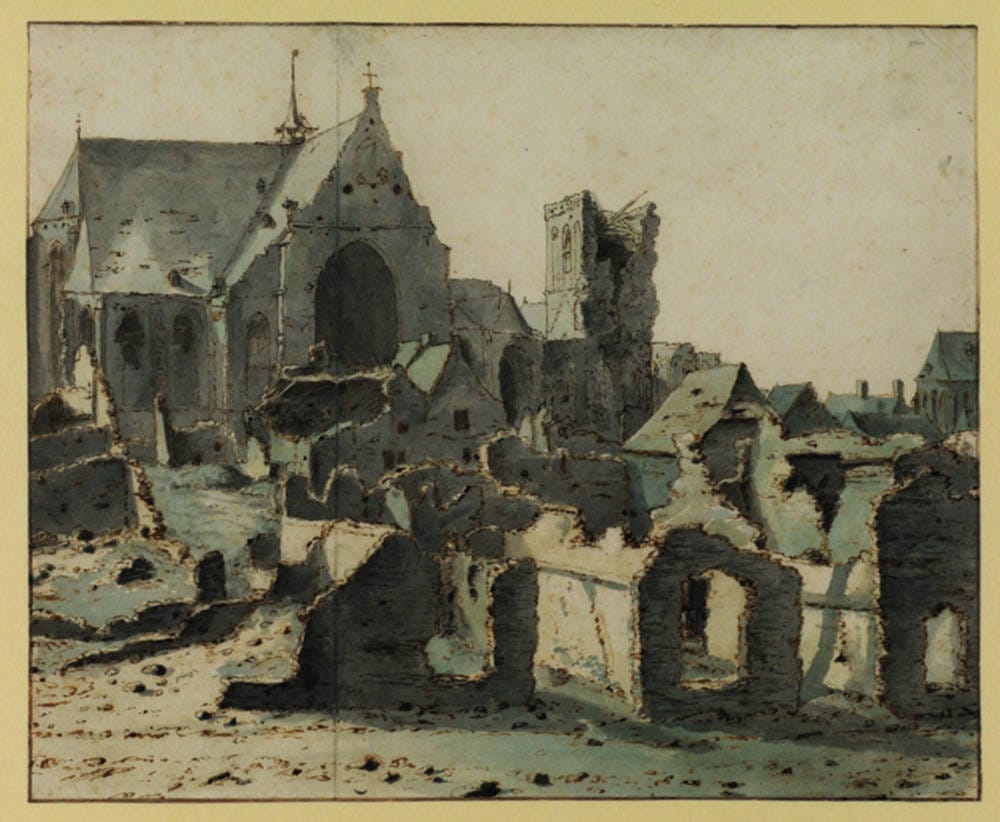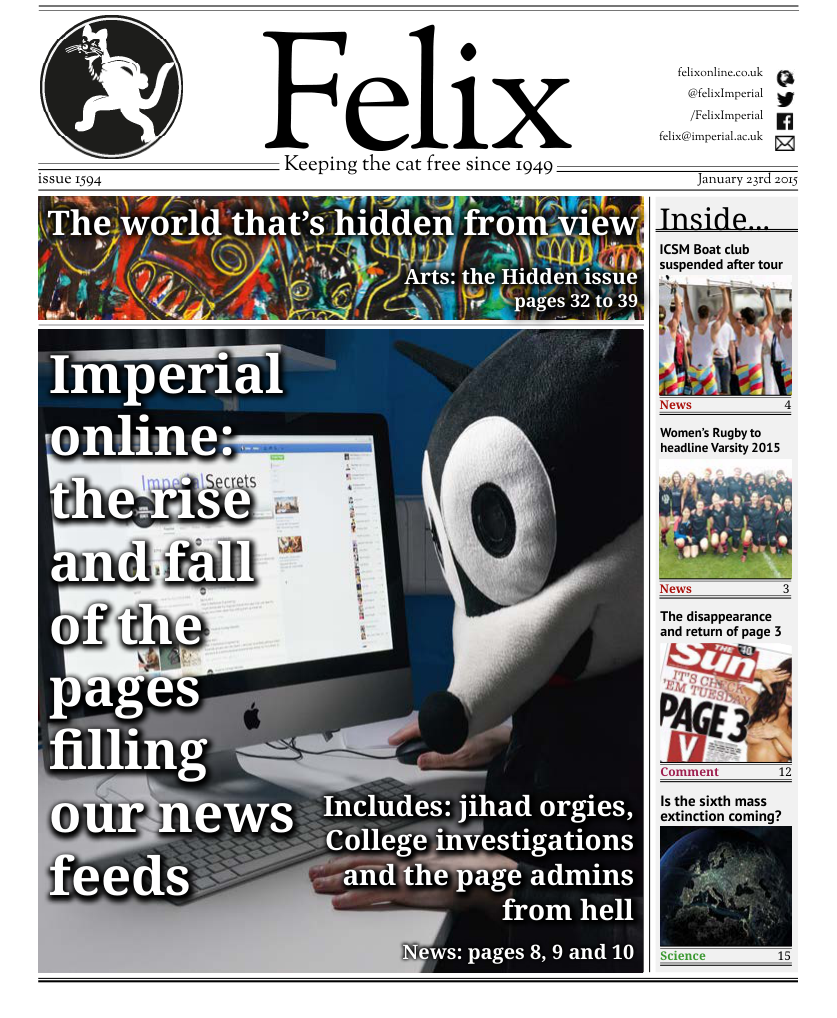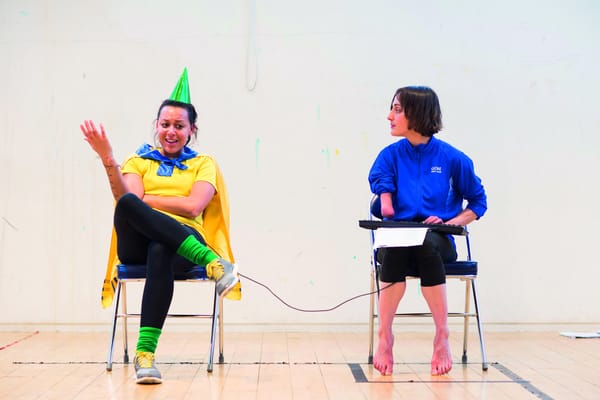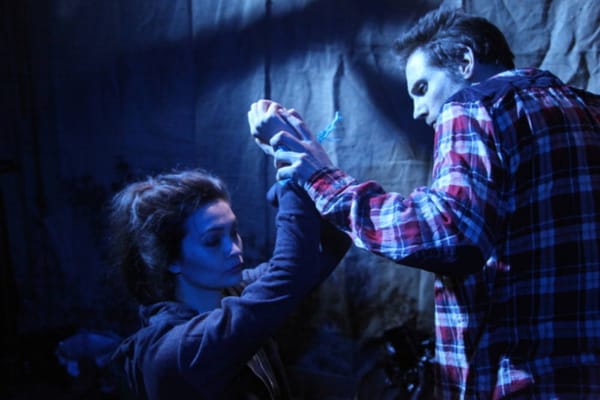Unseen — The Hidden Wealths that Lie in the Depths of the Courtauld
Max Falkenberg checks out the Courtauld's collection of little-seen pictures

This January sees the opening of the Gilbert & Ildiko Butlerdrawings gallery at the Courtauld. The wonderful purpose built gallery, designed by 2013 Stirling prize winners Witherford Watson Mann Architects, finally gives the public a chance to see one of the most celebrated collections of drawings in the country. With over 7000 works, this is a remarkable opportunity to see a glimpse into the overlooked riches of the Courtauld Institute.
In this first exhibition in the new gallery, Unseen presents a small selection of works, all of which have not been exhibited at the gallery in the last twenty years. Predominantly by lesser known artists, the works range from the renaissance to the twentieth century with a remarkable breadth of subject matter and style. Although the works of some well-known artists are presented including Rubens and Henry Moore, the true delight of this exhibition is the number of works which show styles and technique often centuries before their time.
Caricature of three Ecclesiastics by the high baroque painter Pier Francesco Mola (1612 - 1666) is one of the most captivating works I have very come across. In this highly stylised caricature, Mola depicts a fattened bishop begging from his comparatively malnourished cardinal. With the pope seated in the background, this profound satirical image not only feels like a work from the 20th century but could comfortably be shown in any satirical magazine today and not feel out of place. A sketch which couldn’t have taken the artist more than ten minutes, the image gives a remarkably deep insight into religious tensions throughout Mola’s career.
Shown by Mola’s caricature and a number of other works, the exhibition is particularly successful in highlighting the artistic freedom drawing offers artists.
A remarkable opportunity to see a glimpse into the overlooked riches of the Courtauld Institute
At a time where the majority of major works were produced for the aristocracy or the church, sketches could often touch on subjects that larger works couldn’t. This is why Mola’s incredibly modern caricature is so profound.
Other pieces such as Valentin Klotz’ 1675 work View of Grave graphically depicts the destruction following a siege against the heavily damaged church of St. Elizabeth in the background. With the foreground littered with a number of cubic houses, delineated with nervous pen, the work shows a fascinating combination of realism and impressionism. Like Mola’s caricature, the modernity of Klotz’ structures seem to be from another time, not reflecting what is typically expected from the late 17th century.
The exhibition also displays a number of more typical works including a number of including a study of the female head and a 1962 work by Larry Rivers, the “godfather” of pop-art. While beautiful in their own right, they do not offer quite the same surprise that a number of the lesser works do. However, as a collective, the pieces exhibited are a christening for this wonderful new space at the Courtauld. Spacious and incredibly well lit, the new gallery fills a gap in the Courtauld’s repertoire and will give the public another gem to see when visiting the institute.








